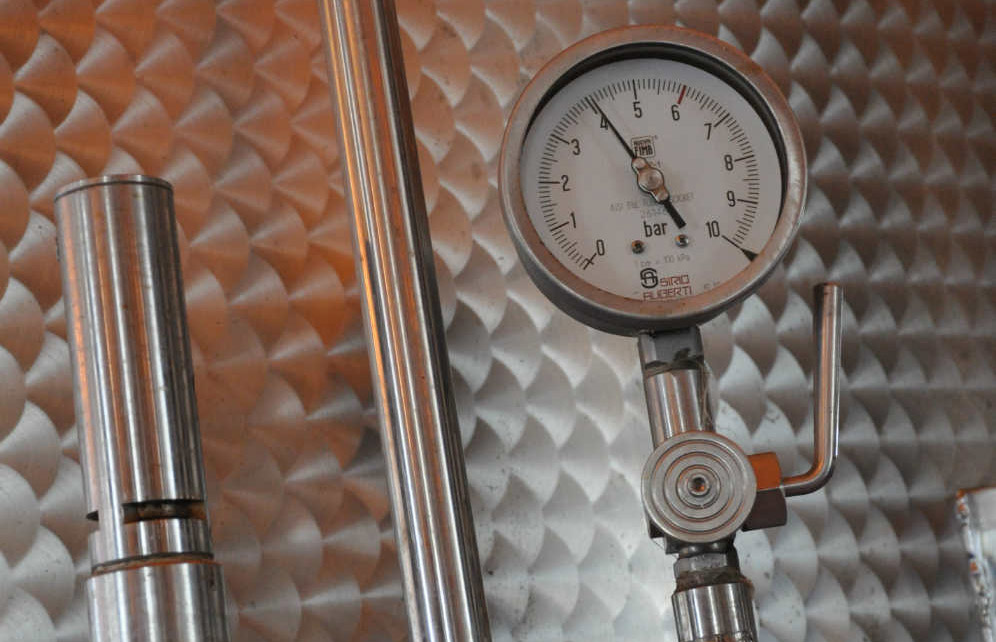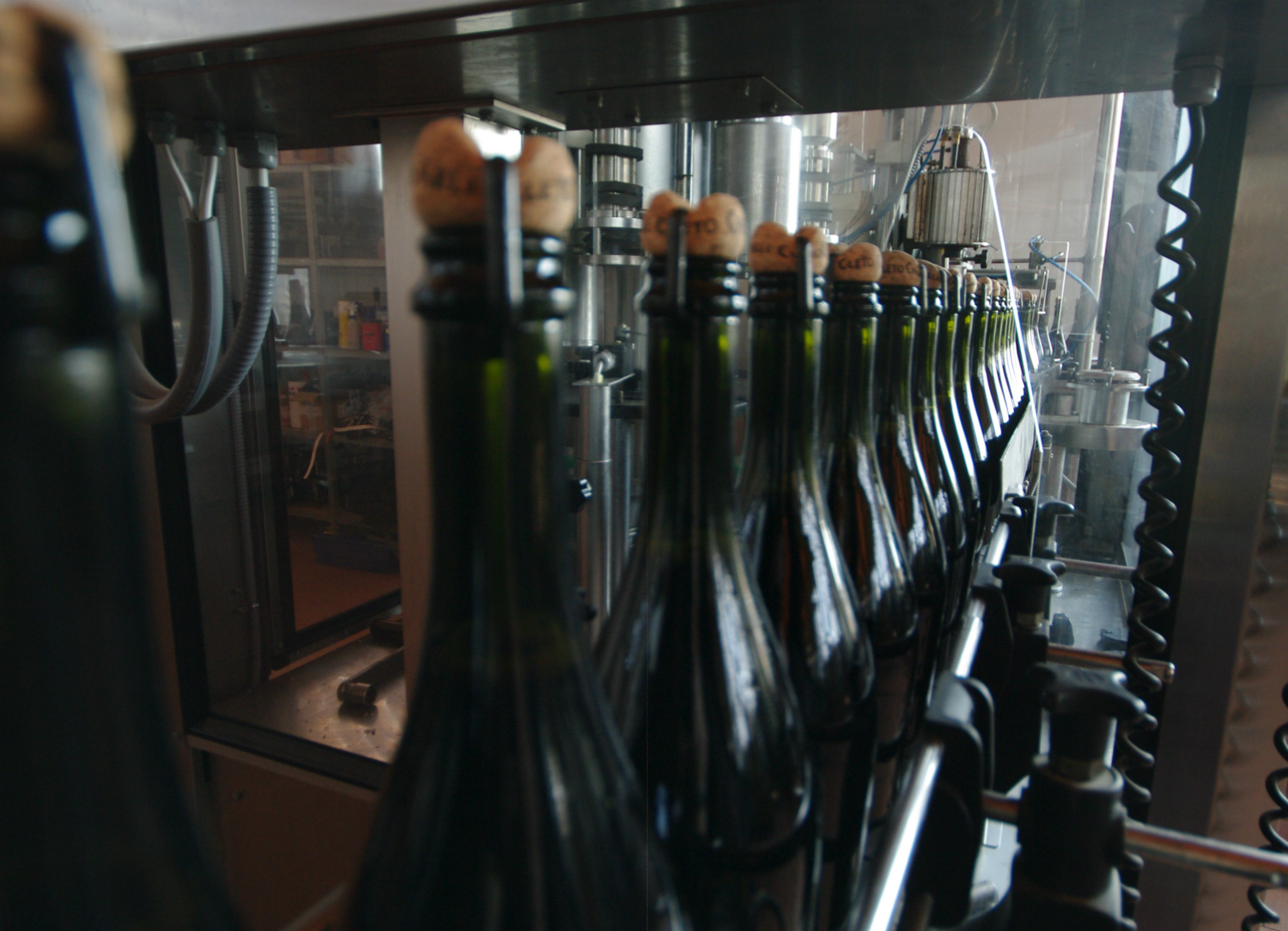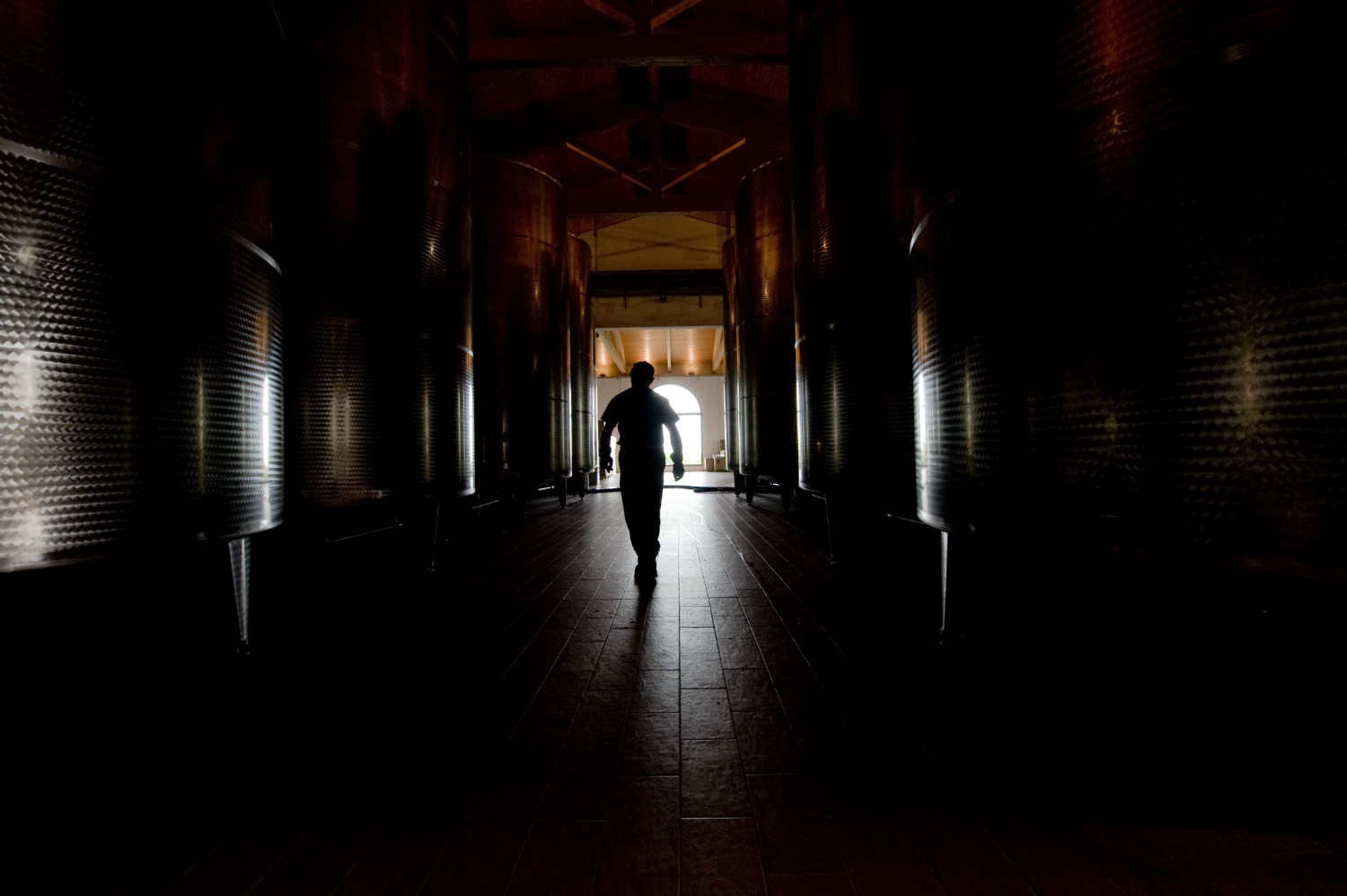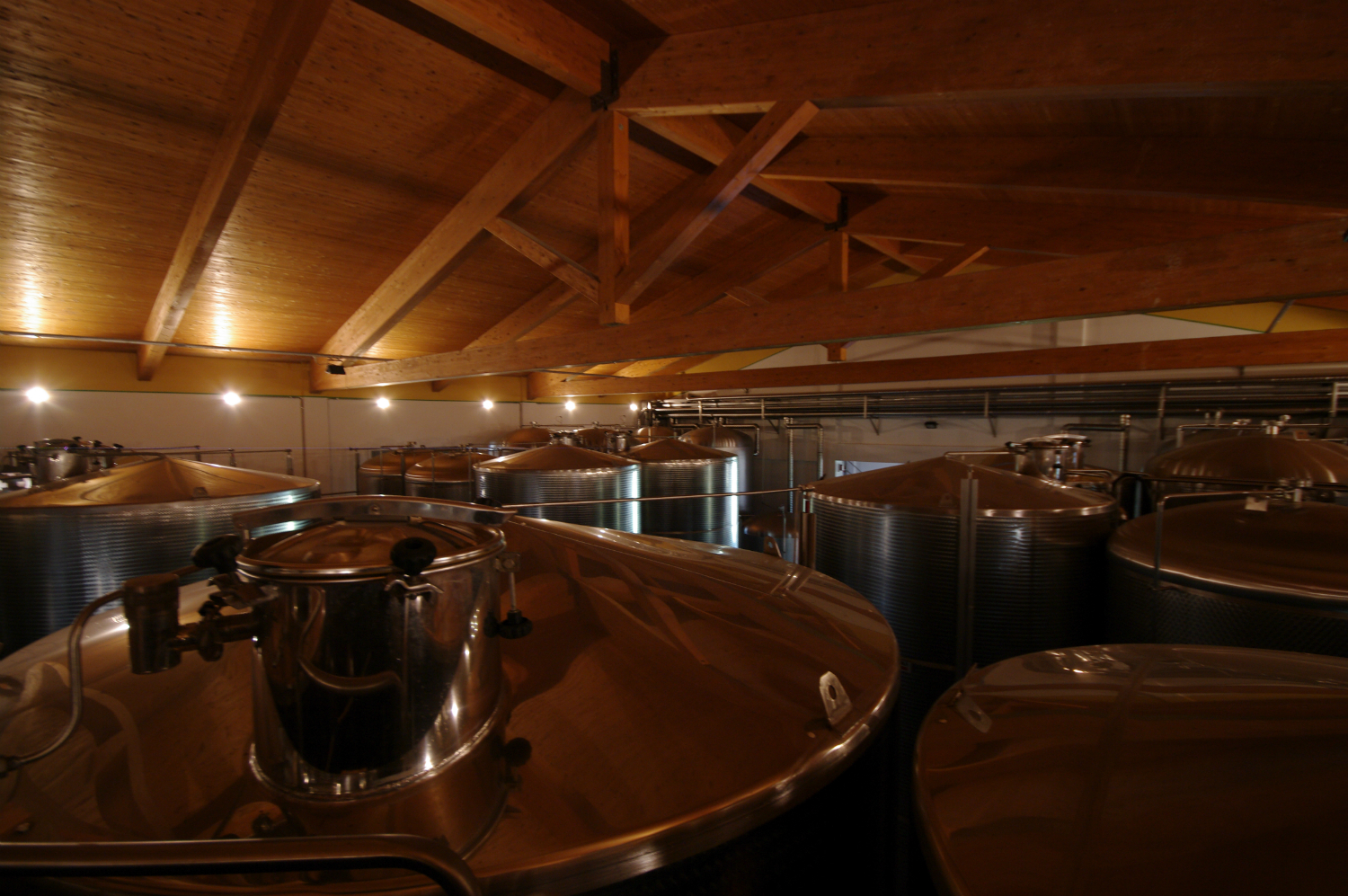The method once known in Italy as the Martinotti-Charmat method, which is today simply referred to as the Charmat method (or tank-method) is universally held to be a revolutionary innovation in the world of sparkling wines. Way back in 1895, Federico Martinotti patented the method, while Eugéne Charmat, in 1910, built the equipment required to carry it out.
Standard method - 1
With the Charmat process, the must undergoes a first fermentation, which turns it into a base wine. Different amounts of sugar, in the form of grape must, are then added depending on the end product required (amount of effervescence, whether you want a dry, semi-sweet, or sweet finish, etc.). The blend obtained is transferred to a large stainless steel tank (also known as an autoclave) to carry out the 'prise de mousse', or second fermentation. This pressure-tight tank equipped with a heating and refrigeration system allows winemakers to control fermentation.


Standard method- 2
When the temperature rises, the yeasts present in the blend start feeding on the sugars and so producing alcohol and carbon dioxide. Because CO2 is trapped within pressure-tight tank, it therefore binds with the wine, creating bubbles. By decreasing the temperature, the fermentation process can be stopped at just the right time to obtained the desired product. Following a period of stabilisation at low temperatures and subsequent filtration the wine is bottled.
The shorter duration of the fermentation process and the possibility of controlling it at will means that, unlike the traditional method, wines produced with the Charmat method are rich in aromas and fragrances, full-flavoured, and always pleasantly fresh and fruity.


Our method - 1
The wines from the Emilia region, and Lambrusco in particular, have somewhat unusual yet enviable characteristics. Their unique aromas, flavours, and freshness make them extremely agreeable and popular. At the same time, though, their fragile structure - attributable to the low tannin content and in general low levels of antioxidants - means they are not suitable for ageing.
With over 150 years' experience to its name, Chiarli has developed a production process that brings out the best of the unique characteristics of our wines while also keeping their quality high for longer than what normally is expected from these varieties.


Our method - 2
The process developed and applied in the Chiarli wineries is based on a very simple and essential arrangement, which requires - however- great skills. The grapes are crushed immediately after harvest, the must / grape juice obtained is cooled immediately and placed in refrigerated tanks in their natural sweet form. The final sparkling wine is obtained from a single fermentation carried out inside the tank, using only the sweet must. Finally, the wine is bottled in total sterile conditions, at very low temperatures, and using pressure-tight equipment. This means that the wines originating from Chiarli wineries maintain their freshness, aromas and richness of flavour over time, enhancing the unique characteristics of each grape variety.

